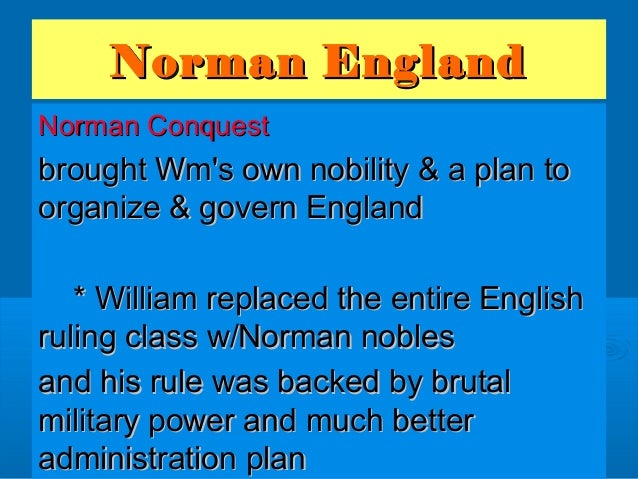
After Edward the Confessor died in 1066, Harold Godwineson claimed to receive the right to rule from a deathbed grant by Edward.

William the Conqueror’s reasons for claiming legitimate rule of England must be looked at to understand the Norman invasion. Therefore the purpose of this essay is to highlight William’s political and tactical genius coupled with the ferociousness of the Norman military machine as the primary reasons for the successful occupation of England and to dismiss the claims that it was a circumstance of weather and accidental strategy. The actions of William the Conqueror both in preparation for the conquest and succeeding occupation suggest that William’s initial success was not the result of luck. These included William’s brilliance as a tactician and political figure, the Norman military tactics used during the invasion, and the use of castles and total war to maintain occupation in England. Mainly, was the Norman invasion and occupation a circumstance of uncontrollable events, Norman ingenuity, or a hybrid of the two? While the Normans were definitely aided by weather conditions and Harald Hardrada’s attempted invasion, it appears that superior Norman military strategies combined with William’s political brilliance were the keys to the initial Norman success. One of the main debates is how much of this success is due to merit versus circumstance.

The reasons for the initial success of the Norman invasion and following successes with consolidating power in the years after have been debated.

This invasion, led by William the Conqueror, established a new dynasty of monarchs in England. The Norman invasion and subsequent conquering of England was a crucial turning point in English history. English: William I of England, from the Bayeux Tapestry (Photo credit: Wikipedia)


 0 kommentar(er)
0 kommentar(er)
